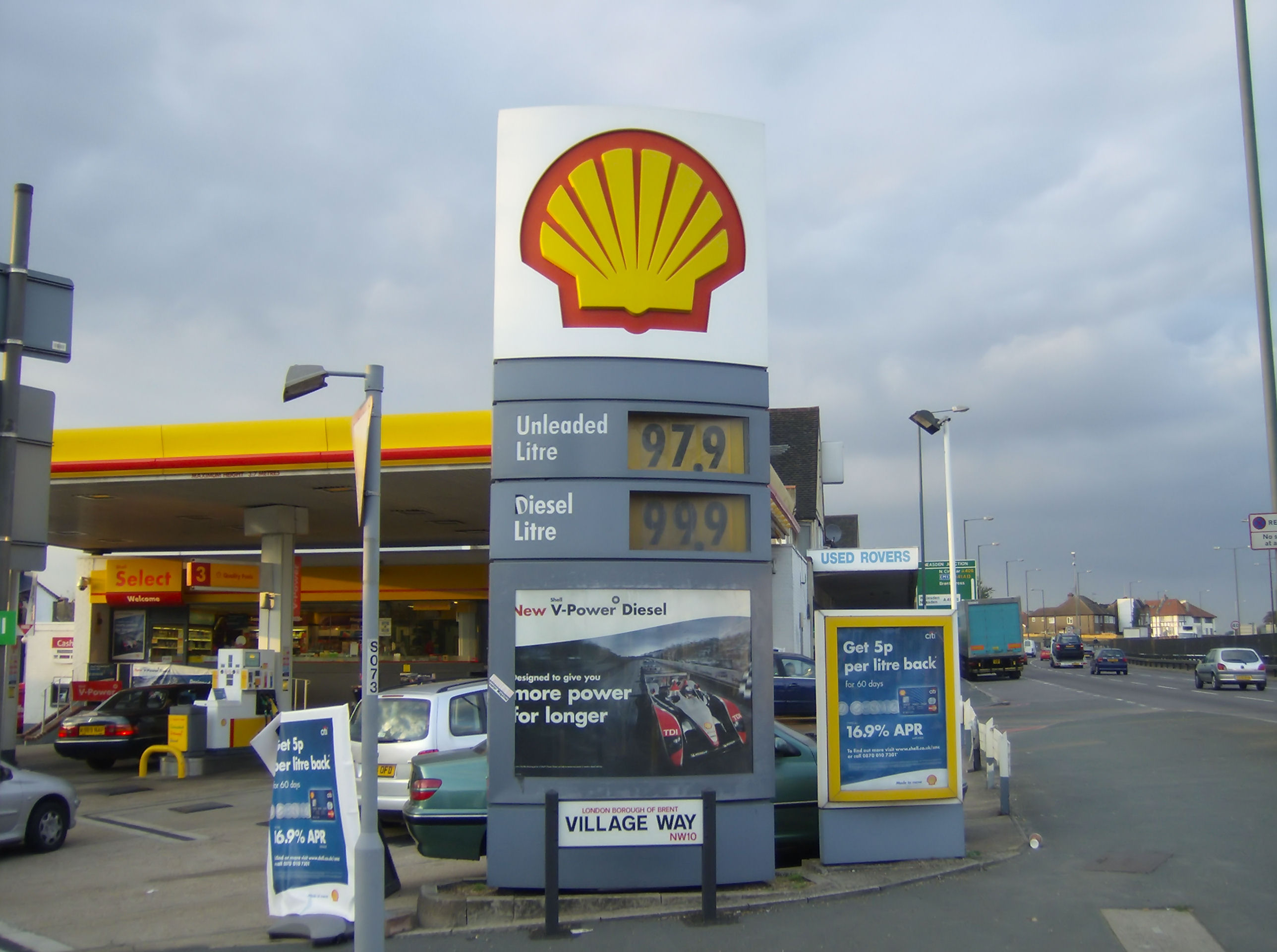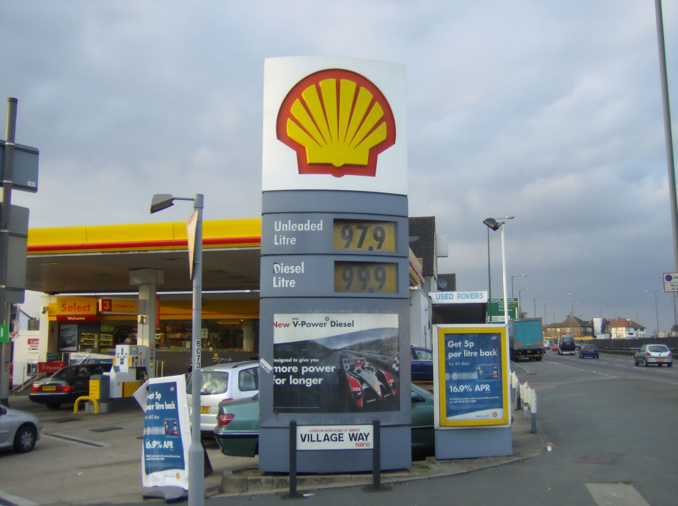The global gas industry is expecting a boom largely due to the growing fight against global warming, which requires a reduction in greenhouse gas emissions. Until 2040, the demand for natural gas as the most environmentally friendly fossil energy source on the planet will increase by about 45 percent to 5,400 billion cubic meters.
At the same time, the volume of international gas trade, which amounted to about 770 billion cubic meters in 2017 (one fifth of global consumption), will increase by about two thirds. Moreover, over 80 percent of this increase will be provided by liquefied natural gas (LNG, in English LNG).
Since the beginning of the century, the volume of international trade in LNG has more than doubled to 323 billion cubic meters in 2017. By 2040, they will increase by more than 2.5 times. As a result, in two decades, approximately 60 percent of export-import supplies of the blue fuel will be carried out in a liquefied form, and 40 percent will come in a gaseous form through pipelines. At the moment, the ratio is exactly the opposite.
Currently, LNG is most often converted into gas (re-gasified) to be used in electric power industry, for heating or as a feedstock for industry. However, from now on, it will play an increasingly important role in the liquid form as motor fuel for vehicles, primarily for ships, and also for heavy trucks. This will significantly reduce harmful emissions into the atmosphere.
These are the key predictions and findings of a study conducted by Shell Deutschland, the German branch of the British-Dutch oil and gas concern Royal Dutch Shell. Its report, published on February 19, was attended by the Transport Institute of the German Aerospace Research Center (DLR) in Cologne and the Technical University of Hamburg (TUHH).
In world shipping, the study notes, an intensive search for alternative types of fuel is underway. Above all, it is caused by increasingly stringent environmental requirements for water transport, especially in Europe and North America. “The only seriously discussed and maturity-reaching alternative to petroleum products as ship fuel is LNG today,” the report’s authors emphasize.
However, now the world commercial and passenger fleet, numbering about 93 thousand ships, resorts to liquefied gas extremely rarely. By the end of 2018, it employed about 230 LNG tankers, as well as 125 ships (in particular, passenger ferries), half of which came from Norway, which is the world leader in the use of LNG as marine fuel. Another 5 units are counted in European river navigation.
The report’s authors predict that 6,000 vessels will use LNG in 2040, including 2,200 container ships, 1,660 tankers, 1,100 vessels for bulk cargo. There will be about 600 passenger ships and cruise liners. In absolute figures, this is relatively small, but this market segment will have the largest share of vessels switched to liquefied gas: shipping companies will have to respond to the growing environmental awareness of their passengers and transfer the fleet from diesel to cleaner fuel at an accelerated rate.
At the same time, in the field of automobile transport "LNG as an alternative to diesel fuel is best suited for heavy trucks," emphasizes one of the co-authors of the report, DLR expert Andreas Lischke. We are talking about trucks over 16 tons and truck trailers (wagons). Translating them into electric traction will be incomparably more difficult than cars or medium trucks.
As of 2016, 4,000 heavy trucks were refueled with liquefied gas on the territory of the European Union (only this category was considered). Shell assumes that by 2040 their number will grow to 480 thousand units - 460 thousand of trucks and 20 thousand of 16-ton vehicles. In this case, 17 percent of cars will switch to LNG in this segment of the market.
This, of course, will happen only under the condition of creating an extensive system of gas stations. Currently, the report says, about 150 LNG filling stations operate in the European Union, and most of them are located in the south-western part of the EU.
Spain (37 gas stations), Italy (31) and France (27) are in the lead. In addition, there are 26 gas stations in the Netherlands and 13 in the UK. At the same time, there are only 3 in Germany so far. Expansion of the network of such filling stations is envisaged by various EU infrastructure programs, the report says.
From the point of view of protecting the global climate, the study’s authors emphasize that the transition to liquefied gas of water transport would be of the greatest importance. With the implementation of the presented scenario (6 thousand ships by 2040), greenhouse gas emissions could be reduced by 132 million tons per year. At the same time, the effect of transferring 480 thousand trucks to LNG would be no more than 4.7 million tons.
The study underscores correctness of the strategy of Shell, which in the 1960s engaged in the production, transportation and sale of liquefied natural gas and today considers LNG one of the most important areas of its activities.
source: dw.de
At the same time, the volume of international gas trade, which amounted to about 770 billion cubic meters in 2017 (one fifth of global consumption), will increase by about two thirds. Moreover, over 80 percent of this increase will be provided by liquefied natural gas (LNG, in English LNG).
Since the beginning of the century, the volume of international trade in LNG has more than doubled to 323 billion cubic meters in 2017. By 2040, they will increase by more than 2.5 times. As a result, in two decades, approximately 60 percent of export-import supplies of the blue fuel will be carried out in a liquefied form, and 40 percent will come in a gaseous form through pipelines. At the moment, the ratio is exactly the opposite.
Currently, LNG is most often converted into gas (re-gasified) to be used in electric power industry, for heating or as a feedstock for industry. However, from now on, it will play an increasingly important role in the liquid form as motor fuel for vehicles, primarily for ships, and also for heavy trucks. This will significantly reduce harmful emissions into the atmosphere.
These are the key predictions and findings of a study conducted by Shell Deutschland, the German branch of the British-Dutch oil and gas concern Royal Dutch Shell. Its report, published on February 19, was attended by the Transport Institute of the German Aerospace Research Center (DLR) in Cologne and the Technical University of Hamburg (TUHH).
In world shipping, the study notes, an intensive search for alternative types of fuel is underway. Above all, it is caused by increasingly stringent environmental requirements for water transport, especially in Europe and North America. “The only seriously discussed and maturity-reaching alternative to petroleum products as ship fuel is LNG today,” the report’s authors emphasize.
However, now the world commercial and passenger fleet, numbering about 93 thousand ships, resorts to liquefied gas extremely rarely. By the end of 2018, it employed about 230 LNG tankers, as well as 125 ships (in particular, passenger ferries), half of which came from Norway, which is the world leader in the use of LNG as marine fuel. Another 5 units are counted in European river navigation.
The report’s authors predict that 6,000 vessels will use LNG in 2040, including 2,200 container ships, 1,660 tankers, 1,100 vessels for bulk cargo. There will be about 600 passenger ships and cruise liners. In absolute figures, this is relatively small, but this market segment will have the largest share of vessels switched to liquefied gas: shipping companies will have to respond to the growing environmental awareness of their passengers and transfer the fleet from diesel to cleaner fuel at an accelerated rate.
At the same time, in the field of automobile transport "LNG as an alternative to diesel fuel is best suited for heavy trucks," emphasizes one of the co-authors of the report, DLR expert Andreas Lischke. We are talking about trucks over 16 tons and truck trailers (wagons). Translating them into electric traction will be incomparably more difficult than cars or medium trucks.
As of 2016, 4,000 heavy trucks were refueled with liquefied gas on the territory of the European Union (only this category was considered). Shell assumes that by 2040 their number will grow to 480 thousand units - 460 thousand of trucks and 20 thousand of 16-ton vehicles. In this case, 17 percent of cars will switch to LNG in this segment of the market.
This, of course, will happen only under the condition of creating an extensive system of gas stations. Currently, the report says, about 150 LNG filling stations operate in the European Union, and most of them are located in the south-western part of the EU.
Spain (37 gas stations), Italy (31) and France (27) are in the lead. In addition, there are 26 gas stations in the Netherlands and 13 in the UK. At the same time, there are only 3 in Germany so far. Expansion of the network of such filling stations is envisaged by various EU infrastructure programs, the report says.
From the point of view of protecting the global climate, the study’s authors emphasize that the transition to liquefied gas of water transport would be of the greatest importance. With the implementation of the presented scenario (6 thousand ships by 2040), greenhouse gas emissions could be reduced by 132 million tons per year. At the same time, the effect of transferring 480 thousand trucks to LNG would be no more than 4.7 million tons.
The study underscores correctness of the strategy of Shell, which in the 1960s engaged in the production, transportation and sale of liquefied natural gas and today considers LNG one of the most important areas of its activities.
source: dw.de



















